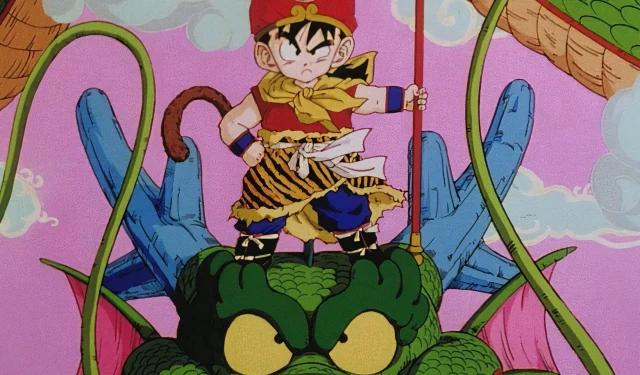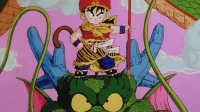Dragon Ball stands as a titan in the anime realm, captivating audiences globally with its imaginative storytelling and memorable characters. While many enthusiasts may be familiar with its sprawling adventures across the universe, fewer may know about the profound cultural influences that helped shape its narrative. Before Goku became a space-faring fighter with extraordinary forms, the saga’s origins were deeply grounded in Earthly themes and timeless mythological stories.
The roots of Dragon Ball can be traced back to the revered 16th-century Chinese classic, Journey to the West. Recognizing the connections between these two narratives enriches the viewer’s understanding of the plot’s evolution within the franchise. Additionally, it sheds light on Akira Toriyama’s creative brilliance, illustrating his unique interpretation of traditional folklore.
Exploring the Journey to the West References in Dragon Ball
Character Inspirations from Journey to the West
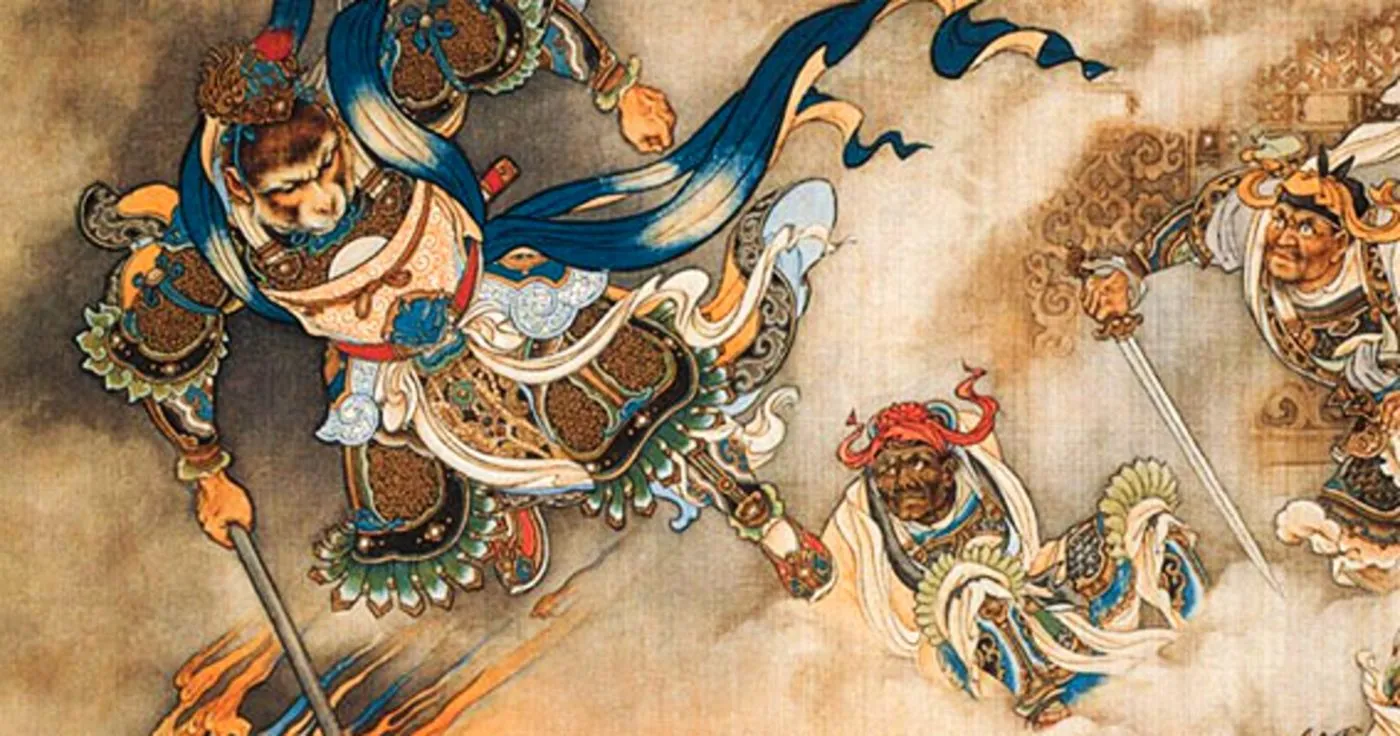
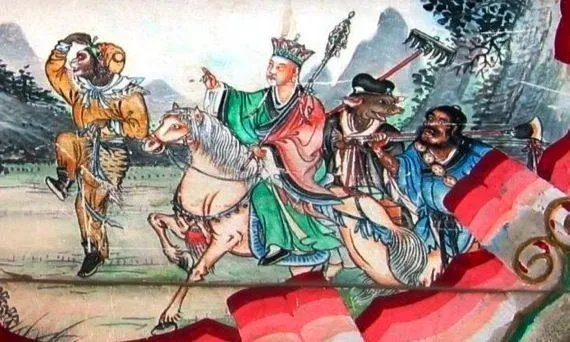

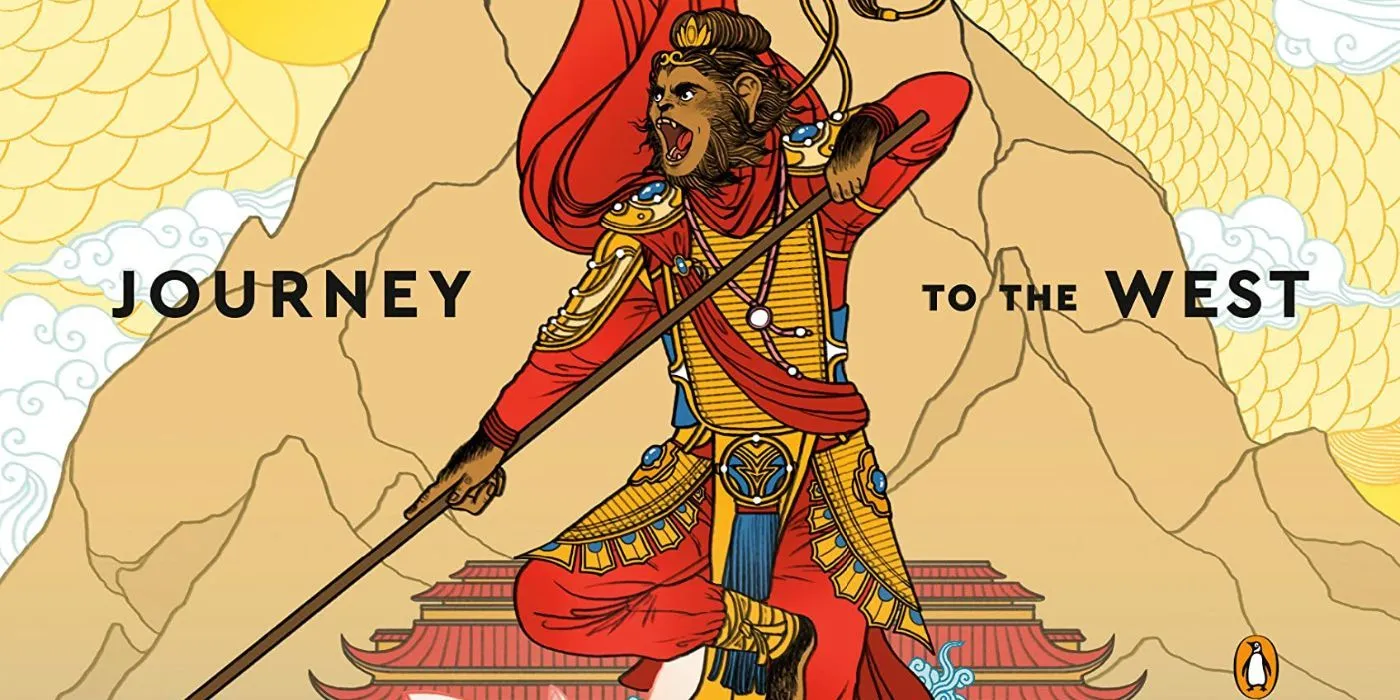
The initial chapters of Dragon Ball are rife with allusions to Journey to the West. Particularly, Goku exhibits notable resemblances to Sun Wukong, the iconic Monkey King. Both characters share origins steeped in fantastical elements; Wukong hails from a mystical stone on Mount Huaguo, while Goku was discovered in a spaceship on Mount Paozu. Goku’s Nimbus cloud and power pole echo Wukong’s abilities, such as the Cloud Somersault for rapid travel and the transformative Golden-Hooped Rod. Additionally, both characters possess remarkable transformative powers.
Beyond Goku, there are numerous other characters in Dragon Ball that draw inspiration from Journey to the West. For instance, Bulma’s character parallels that of Tang Sanzang. Bulma’s quest begins as she meets Goku and complements him by gathering allies like Oolong and Yamcha, reminiscent of Tang Sanzang’s own band of warriors. Oolong embodies Zhu Bajie, a pig-human with comedic traits and a morally ambiguous stance, while Yamcha resembles Sha Wujing, a bandit with desert origins. Furthermore, Master Roshi, despite an alternate temperament, can be viewed as a counterpart to Wukong’s mentor, who embodies the archetype of the wise hermit.
The Lasting Legacy of Journey to the West in Dragon Ball: From the Original Series to Daima
The Extensive Reach of Mythological Influence
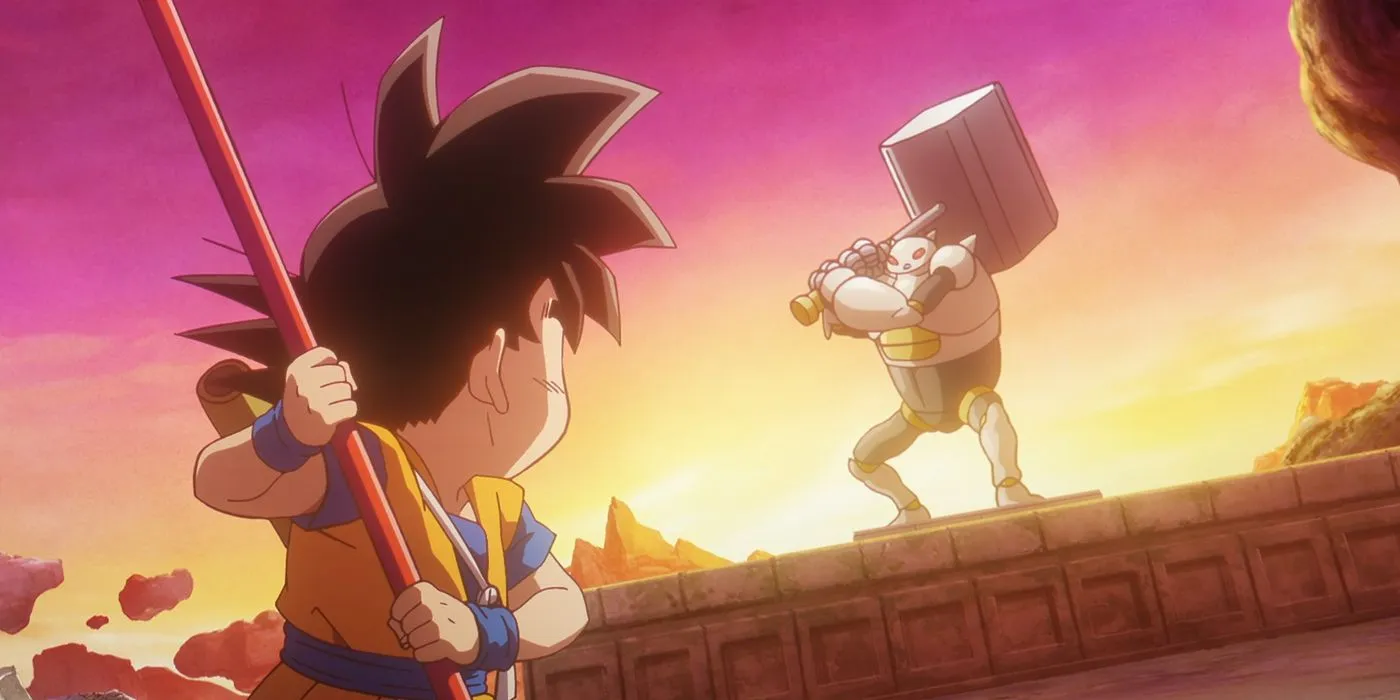
As the Dragon Ball franchise has expanded, the echoes of Journey to the West have persisted, influencing even the latest adaptation, Dragon Ball Daima. Goku’s ability to transform into Super Saiyan can be viewed as a tribute to Wukong’s capacity for metamorphosis into more powerful forms. The formidable adversaries Goku confronts often reflect the challenges faced by Wukong, particularly figures like Prince Vegeta and Nezha, the Third Lotus Prince, who share thematic ties with Wukong’s endeavors.
Modern narratives continue to showcase these influences; both Goku and Sun Wukong have traversed the afterlife multiple times during their respective quests. The newly introduced Demon Realm in Dragon Ball Daima may also find its inspiration in the trials and tribulations Wukong encounters in the Underworld. While Goku’s mission is to save Dende and battle the Tamagamis, Wukong’s aim revolves around escaping the grasp of death, fighting against the odds after erasing his name from the death list. As the Dragon Ball saga progresses, it is likely that additional nuanced references to its mythological foundations remain embedded within Toriyama’s storytelling.
